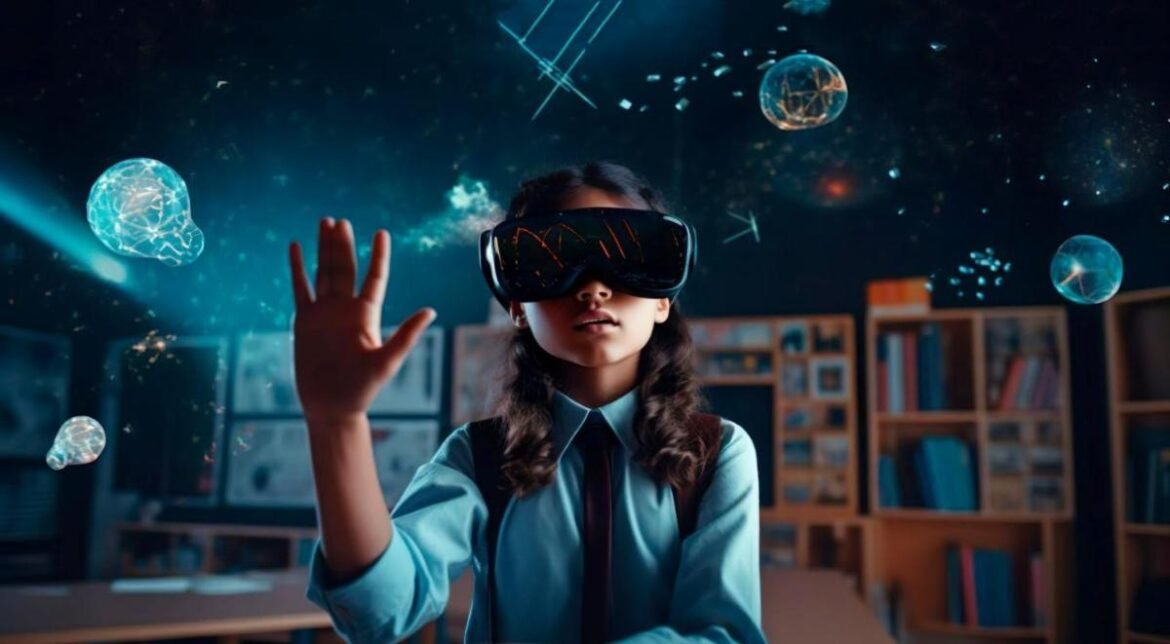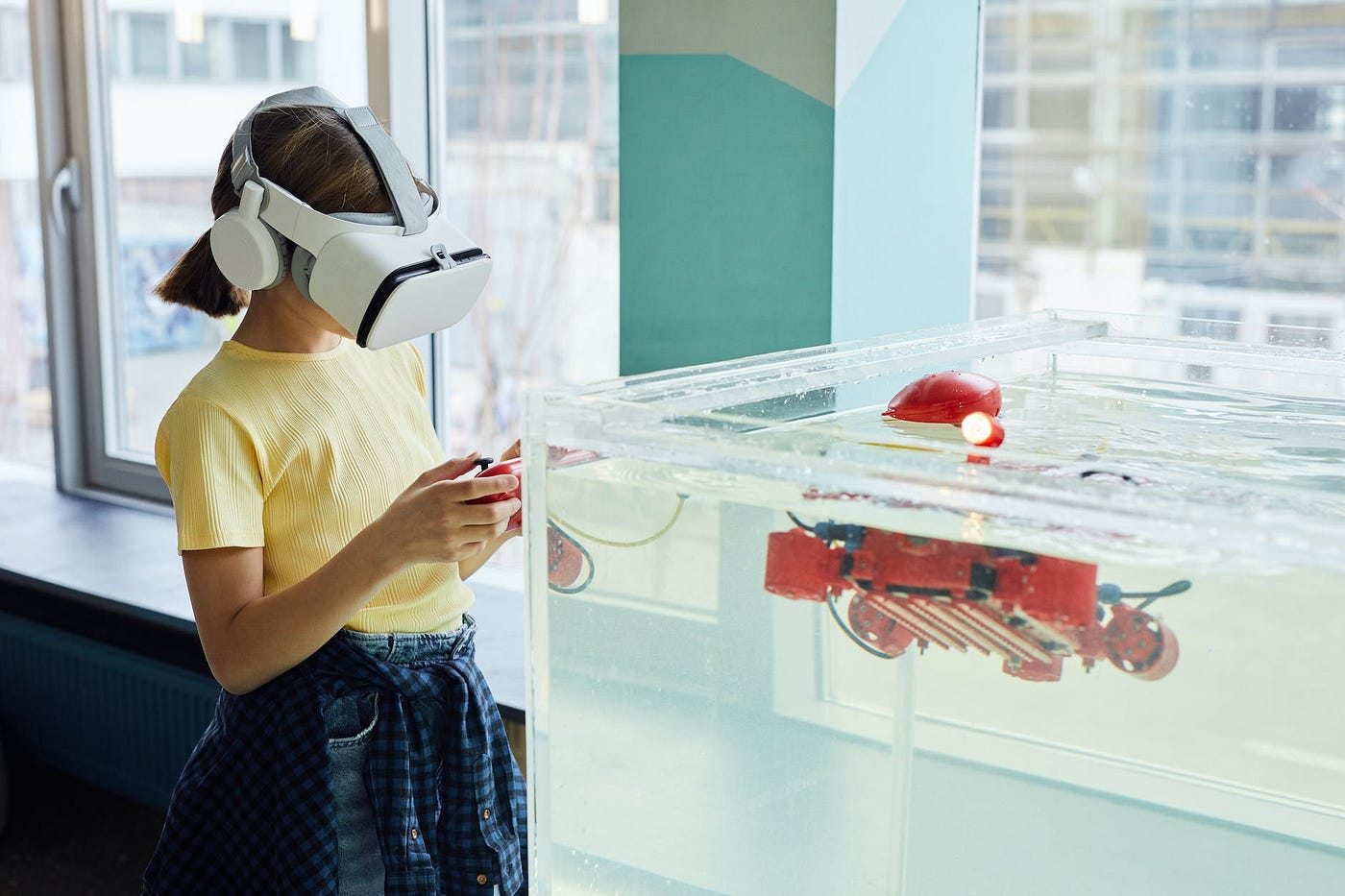
Introduction
Definition of Virtual Reality
Virtual Reality (VR) is a simulated experience that can be similar to or completely different from the real world. Through technology, VR immerses users in a 3D environment that can be navigated using specific equipment such as VR headsets and motion controllers. Imagine putting on a headset and being transported to a serene beach or a bustling city street. This sense of presence and immersion makes VR a unique medium that engages the senses—sight, sound, and even touch in advanced setups.
Significance of Virtual Reality in Entertainment and Education
The significance of VR can’t be overstated, especially in the realms of entertainment and education. In entertainment, VR transforms gaming and cinematic experiences, offering players and viewers an interactive escape. For instance, gamers can step into the shoes of their avatars, feeling each heartbeat and thrill of adventure.
In education, VR provides immersive learning experiences, allowing students to explore historical sites, conduct virtual lab experiments, or interact with 3D models of complex systems. Key benefits include:
- Enhanced engagement: Captivating learners through interactive scenarios.
- Improved retention: Information is absorbed better when experienced firsthand.
- Accessibility: Learning can occur in any environment without geographical limits.
As we delve deeper into the evolution and applications of VR, its potential to shape the future becomes evident, blending seamlessly into our daily lives.

Evolution of Virtual Reality
Historical Background of Virtual Reality
The concept of Virtual Reality has a rich history that predates the advanced technologies we see today. It all began in the 1960s with pioneers like Ivan Sutherland, who developed the first head-mounted display. This was a groundbreaking moment; it allowed users to interact with a rudimentary virtual environment, albeit with limited graphics and functionality. Flash forward to the 1990s, when VR started making waves with products like the Sega VR headset, and you could sense the excitement building.
Technological Advances in Virtual Reality Development
Fast forward to today, and the technological landscape has transformed dramatically. Recent advances include:
- High-resolution displays: Offer stunning visuals that enhance immersion.
- Improved motion tracking: Allow for fluid movement that makes experiences feel real.
- Affordable consumer hardware: Devices like the Oculus Quest and HTC Vive have made VR accessible to the masses.
These innovations have widened the scope of VR applications, from immersive gaming experiences to realistic training simulations, thereby shaping the Next Frontier in Entertainment and Education. As VR technology continues to advance, it opens up new possibilities for creators and users alike.
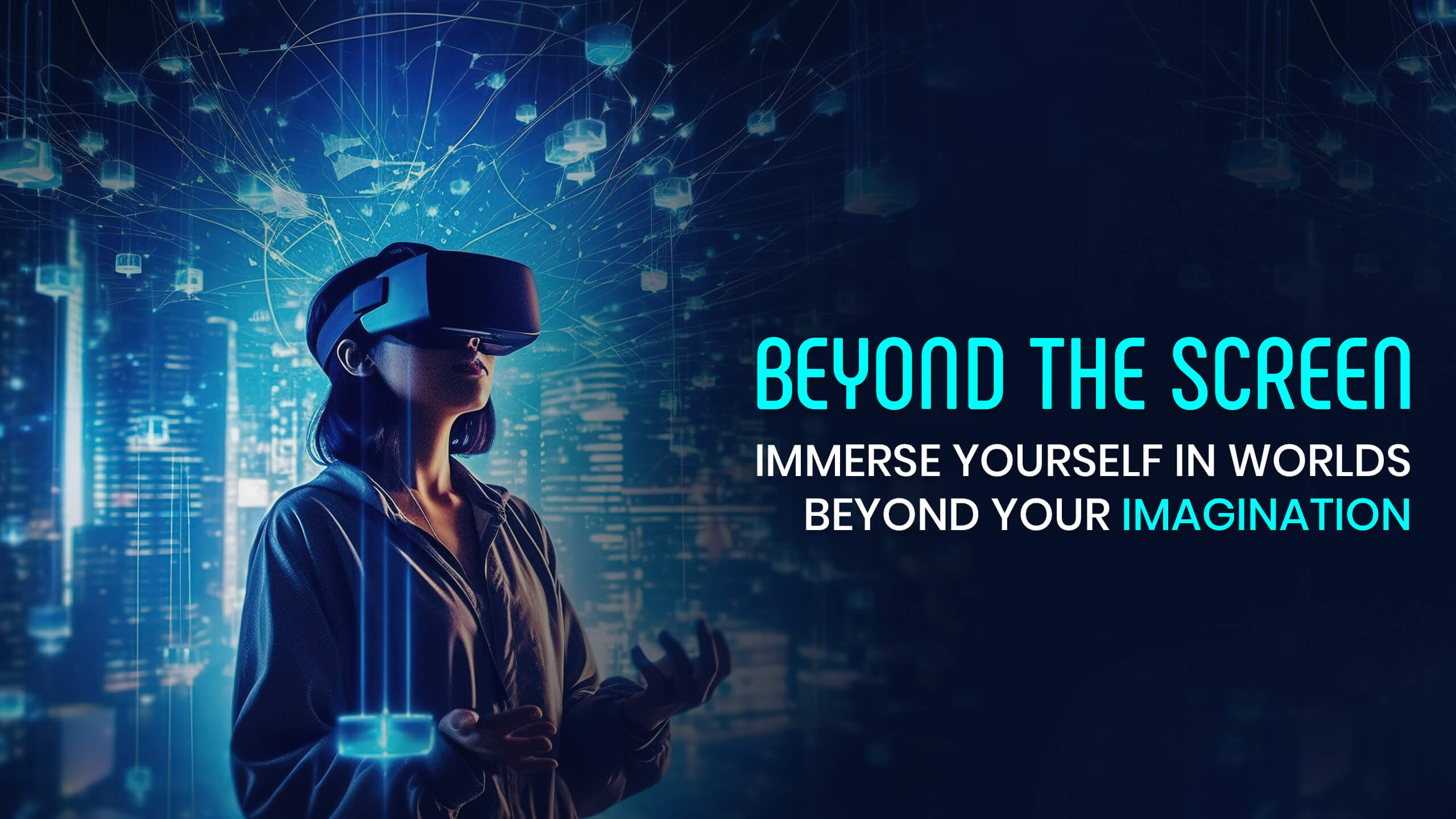
Applications of Virtual Reality in Entertainment
Virtual Reality Gaming
In the realm of entertainment, Virtual Reality gaming stands out as one of the most exciting applications. Imagine stepping into a fully interactive fantasy world where you can slay dragons, solve intricate puzzles, or even survive zombie apocalypses—all without leaving your living room. Games like “Beat Saber” and “Half-Life: Alyx” have redefined how we engage with gaming, offering players an experience that feels incredibly lifelike.
Key benefits of VR gaming include:
- Enhanced interactivity: Players can physically move and interact with their environment.
- Immersive storytelling: Engage with stories in a way traditional gaming can’t match.
- Social experiences: Multiplayer VR games create vibrant communities and interactions.
Virtual Tours and Experiences
Beyond gaming, VR offers unique virtual tours and experiences. Art enthusiasts can stroll through renowned museums, like the Louvre, and appreciate masterpieces up close. Travel enthusiasts can explore exotic locales without the need for plane tickets.
- Accessibility: Reach places formerly out of bounds for many.
- Educational benefits: Learn about cultures and histories in an engaging way.
As VR continues to evolve, the lines between reality and virtual adventures blur, making it a powerful tool for entertainment. Whether gaming or touring, the virtual world holds endless possibilities for everyone.

Role of Virtual Reality in Education
Virtual Laboratories and Simulations
Virtual Reality is revolutionizing education, particularly in the context of virtual laboratories and simulations. Imagine a biology class where students can explore the human anatomy in 3D or conduct chemical experiments without any risk. Tools like Labster make this possible by providing immersive laboratory experiences, allowing learners to visualize complex concepts and perform experiments interactively.
Benefits of virtual labs include:
- Safe experimentation: Students can learn from mistakes without the real-life consequences.
- Cost-effective: Eliminate the need for expensive materials and equipment.
- Deepened understanding: Visualizations of abstract concepts make them easier to grasp.
Immersive Learning Experiences
Similarly, immersive learning experiences transport students to historical events or geographical locations. A history lesson might take students back to ancient Rome, allowing them to explore its streets and culture firsthand.
- Engagement: VR ignites curiosity, making learning fun and impactful.
- Inclusion: Provides opportunities for students with different learning styles.
With these transformative applications, VR in education is not just a trend; it’s a stepping stone to a more engaging and inclusive learning environment. As we look to the future, the possibilities for further integration of VR in educational curricula seem promising.
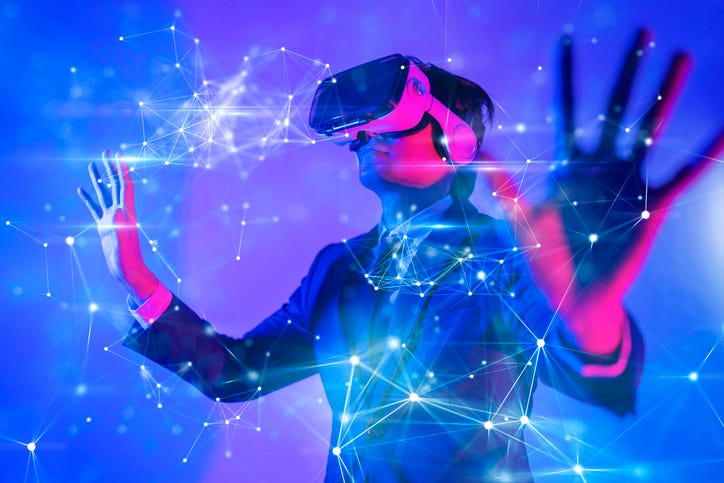
Impact of Virtual Reality on Society
Social Integration and Interaction
Virtual Reality is reshaping social integration and interaction, creating spaces where people can connect irrespective of geographical boundaries. Through VR platforms like VRChat, users can meet friends, attend events, or even participate in educational seminars while feeling as though they are in the same room, fostering a sense of community that feels quite real.
Key impacts include:
- Global connectivity: Breaking down barriers, allowing diverse communities to interact.
- Support networks: Offering safe spaces for individuals with shared experiences, such as mental health support groups.
- Inclusive opportunities: Making events accessible to those unable to attend in person.
Ethical and Privacy Concerns
However, as with any rapidly advancing technology, VR raises ethical and privacy concerns that cannot be ignored. The immersive nature of VR can lead to the blurring of boundaries between reality and virtual experiences, affecting social behavior and mental health. Additionally, data privacy becomes a pressing issue, as user interactions and preferences are constantly collected.
Considerations include:
- Data security: Ensuring personal data isn’t misused by VR platforms.
- Mental health implications: Monitoring effects of prolonged VR use on personal well-being.
As VR continues to feature prominently in society, balancing its advantages against ethical responsibilities will be essential in shaping a healthier digital future. Such dialogues are necessary as we embrace the Next Frontier in Entertainment and Education.
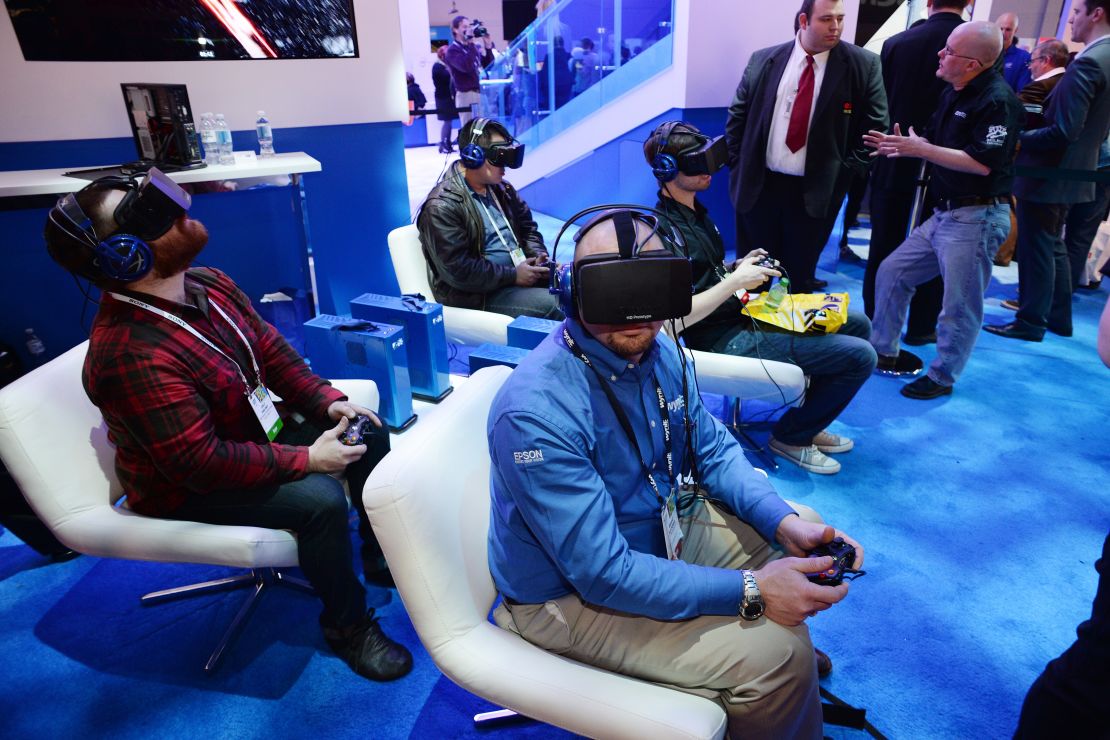
Future Trends in Virtual Reality
Augmented Reality Integration
Looking ahead, one of the most exciting trends in the realm of Virtual Reality is its integration with Augmented Reality (AR). This hybridization will create a more comprehensive experience, blending the digital and physical worlds seamlessly. Picture this: a student wearing AR glasses can overlay historical landmarks onto their real-world environment, transforming a simple walk into an interactive history lesson.
Benefits of this integration include:
- Enhanced learning experiences: Students can visualize concepts in real-time contexts.
- Increased engagement: The merging of AR and VR will keep users captivated and involved in their surroundings.
Virtual Reality in Remote Work and Communication
Another significant trend is the rise of Virtual Reality in remote work and communication. As more companies adopt hybrid and remote work models, VR can facilitate collaboration and interaction. Imagine holding virtual meetings in a lifelike conference room or working alongside colleagues as if they are physically present.
Advantages include:
- Improved teamwork: Enhance collaboration and creativity through immersive brainstorming sessions.
- Reduced geographical limitations: Talent can be sourced globally without the constraints of location.
As we venture into this new era, the intersection of VR and AR, coupled with advancements in remote work technology, promises an exciting future that not only enhances entertainment and education but also revolutionizes how we work and interact with each other.

Challenges and Limitations of Virtual Reality
Technical Barriers
Despite its exciting potential, Virtual Reality faces several technical barriers that can hinder widespread adoption. For starters, the hardware required—such as high-quality VR headsets and capable computers—often comes with a hefty price tag, making it less accessible for everyday users. Personal anecdotes from tech enthusiasts reveal that not everyone can justify the investment, especially when considering the rapidly changing technology landscape.
Key technical challenges include:
- Compatibility issues: Different systems and devices may not interact smoothly.
- Latency and motion sickness: Delays between users’ movements and the VR response can lead to discomfort.
- Limited battery life: Many wireless devices struggle to operate for extended periods, disrupting the experience.
Content Creation Challenges
Moreover, creating content for VR can be daunting. This involves significant time and resources, requiring expertise in 3D modeling, programming, and design. Many creators often face constraints in budget and skilled personnel to bring their visions to life.
Challenges in content creation are:
- Resource-intensive processes: Developing high-quality experiences demands a lot of time and effort.
- Diverse formats: Adapting content for various platforms can complicate production.
As the industry evolves, addressing these challenges will be crucial for harnessing VR’s full potential and ensuring it becomes a mainstream tool in entertainment and education.

Potential of Virtual Reality in Healthcare and Training
Medical Simulations and Therapy
Virtual Reality is carving out a significant niche in healthcare, particularly through medical simulations and therapy. Imagine a medical student practicing surgical procedures in a risk-free environment before stepping into an operating room. VR platforms like Osso VR enable hands-on experience with complex surgeries, making trainees more confident and better prepared.
Key benefits of medical simulations include:
- Risk reduction: Students learn without the consequences of real-life mistakes.
- Enhanced proficiency: Repeated practice in realistic scenarios boosts skills.
- Patient-specific simulations: Tailored experiences allow training on unique cases.
Moreover, VR is proving effective in therapeutic settings. Exposure therapy for PTSD and phobias is now more accessible and effective, allowing patients to confront their fears in a safe environment.
Employee Training and Skill Development
Similarly, VR is transforming employee training across industries. Companies like Walmart and Ford use VR simulations to train staff in customer service or machinery operation, making the learning experience interactive and engaging.
Benefits include:
- Realistic scenarios: Employees can learn and practice in lifelike environments.
- Cost-effectiveness: Savings from reduced physical training materials and travel.
- Increased retention: Engaging training methods lead to better knowledge retention.
As VR continues to empower both medical professionals and corporate teams, its potential in healthcare and training sectors is undeniably promising, paving the way for effective and impactful learning experiences.
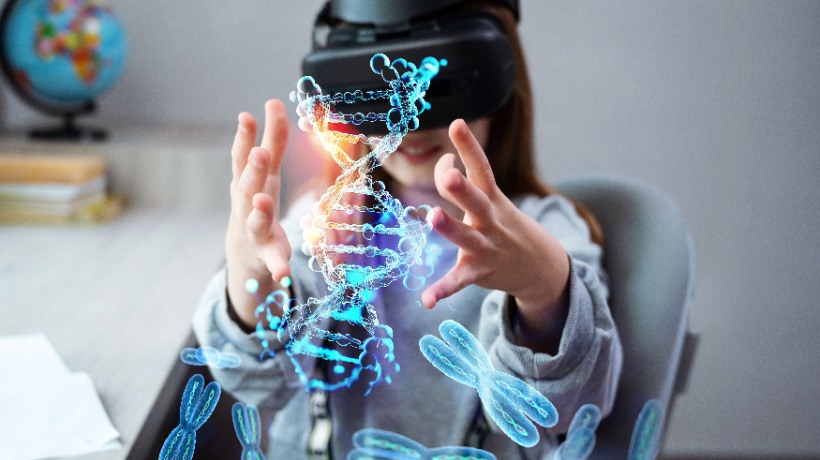
Conclusion
Summary of Virtual Reality Applications
As we’ve explored, Virtual Reality is a multifaceted tool that has found its place in entertainment, education, healthcare, and professional training. From immersive gaming experiences that draw players into fantastical worlds to virtual classrooms that bring lessons to life, VR has proven its versatility. In healthcare, it enhances medical training through simulations and therapeutic applications, making profound impacts on how practitioners are prepared. Additionally, businesses have started incorporating VR for employee training, creating engaging and effective learning environments.
Key application areas include:
- Entertainment: Gaming and virtual tours.
- Education: Virtual labs and immersive experiences.
- Healthcare: Medical simulations and therapy.
- Training: Skill development for employees.
Looking Ahead to the Future of Virtual Reality
Looking ahead, the future of Virtual Reality appears incredibly promising. As technology continues to advance, we can expect more integrated experiences, such as the fusion of VR with AR, enhancing both entertainment and educational outcomes. Moreover, as VR becomes increasingly accessible, it will likely become a standard tool in various fields, altering how we learn, work, and connect with one another.
The next frontier in Virtual Reality holds exciting possibilities, fostering innovation and transforming our experiences in ways we are just beginning to understand. The journey is just getting started, and it’s an exciting time to be part of this evolution!
